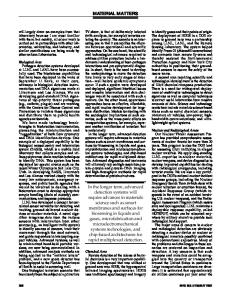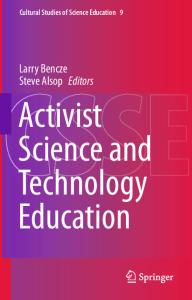Daylight Science and Daylighting Technology
Sunlight profoundly influences the Earth's atmosphere and biosphere. Nature fuels the evolution of all living things, their visual systems, and the manner in which they adapt, accommodate, and habituate.Sun luminance measurements serve as data to calculat
- PDF / 8,838,250 Bytes
- 359 Pages / 439.37 x 666.142 pts Page_size
- 60 Downloads / 370 Views
Richard Kittler Miroslav Kocifaj Stanislav Darula l
Daylight Science and Daylighting Technology
Richard Kittler Institute of Construction and Architecture Slovak Academy of Sciences Bratislava, Slovakia [email protected]
Miroslav Kocifaj Institute of Construction and Architecture Slovak Academy of Sciences Bratislava, Slovakia [email protected]
Stanislav Darula Institute of Construction and Architecture Slovak Academy of Sciences Bratislava, Slovakia [email protected]
ISBN 978-1-4419-8815-7 e-ISBN 978-1-4419-8816-4 DOI 10.1007/978-1-4419-8816-4 Springer New York Dordrecht Heidelberg London Library of Congress Control Number: 2011938016 # Springer Science+Business Media, LLC 2012
All rights reserved. This work may not be translated or copied in whole or in part without the written permission of the publisher (Springer Science+Business Media, LLC, 233 Spring Street, New York, NY 10013, USA), except for brief excerpts in connection with reviews or scholarly analysis. Use in connection with any form of information storage and retrieval, electronic adaptation, computer software, or by similar or dissimilar methodology now known or hereafter developed is forbidden. The use in this publication of trade names, trademarks, service marks, and similar terms, even if they are not identified as such, is not to be taken as an expression of opinion as to whether or not they are subject to proprietary rights. Printed on acid‐free paper Springer is part of Springer Science+Business Media (www.springer.com)
Preface
Daylight is a critically important component of the immense flux of short wave photonic energy that flows continuously onto the surface of our Earth from our Sun. One current challenge for society is to discover how to make much more effective use of a globally free natural resource, the fluxes of energy from the sun. This book on the Science of Daylight and Daylighting Technology covers on a wide range of scientific topics relating to daylight and provides an outline of the climate data needs to be compiled to assess daylight availability in different parts of the world. There a strong emphasis on the daylighting of buildings. However the Science of Daylighting is important for many other fields of science. The book enables daylighting climate data to be linked to the practical problems implicit in applied Daylighting Technology. This requires a focused structured application of Daylight Science. The mathematical emphasis is on the provision of sound scientific analytic methods for the assessment of daylight in occupied spaces in buildings. The issues of daylight assessment within cities are especially well discussed. The text provides a detailed account of the various science based methodologies that can be applied to advance the sustainable use of daylight in conjunction with the optimisation of the conjoint use of artificial light sources. The complex scientific knowledge available on daylight climates is linked to available knowledge on how to achieve effective human vision within buildings using daylight. T
Data Loading...











